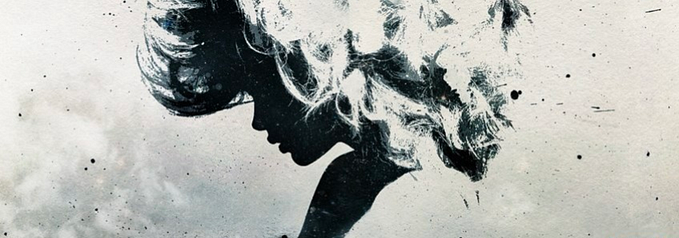Comfort Vs Cost
I have noticed, the buying pattern for my dad changes based on who is he buying for. For us, he usually buys products or services that are top tier, they might be expensive, branded, renowned. When it comes to him, he prefers to save money.
The consumer buying pattern is a major factor when it comes to designing a product or a system or a service. Comfort matters when we are about to buy something that is going to stay with us for a long time or is very close to us. For smaller or more fleeting belongings or experiences, cost plays an important role. So, as a designer how to know what our user wants?
There are some ideal rules on the internet talking about the users and how they should buy products -
- Choose Comfort over Price
- Choose Fit over prestige
- Choose Value over hype
The only thing is these are the ‘ideal’ rules. We can only assume that the people might follow them. We need to understand the factors that affect the buying patterns of the users.
Types of user behaviors
- Complex Buying Behaviour- This is encountered when users are buying an expensive, infrequently bought product that is going to stay with them for a long time. They get highly involved in the purchase process and research before committing to a high-value investment. Buying a car can be one of the examples.
- Dissonance-reducing buying behavior- It occurs when the user is involved in the purchase process but worries that they will regret their choice because of confusion. You will choose a product based on price and convenience, but you will seek confirmation that you’ve made the right choice after the purchase.
- Habitual buying behavior- It happens when you buy a product regularly be it weekly, monthly, and you have very little involvement in the product category. You go to the store and buy your preferred type of product, Ex. pen, general groceries. You are then exhibiting a habitual pattern.
- Variety-seeking behavior- In this situation, a user purchases a different product not because they weren’t satisfied with the previous one, but because they seek variety. Ex. clothes, deodorants.
These user behaviors are also affected by some factors which are important to understand.
- Marketing campaigns- Marketing campaigns influence purchasing decisions a lot. If done right and regularly, they can even persuade consumers to change brands or opt for more expensive alternatives with the right marketing message.
- Economic conditions- For expensive products economic conditions play a big part. A positive economic environment that states precise and measurable facts is known to make users more confident and willing to indulge in purchases irrespective of their financial liabilities.
- Personal preferences- At the end of the day, user behavior can also be influenced by personal factors: likes, dislikes, priorities, culture, morals, past experiences, and values. Consumers' choices are greatly influenced.
- Group influence- Peer pressure also influences consumer behavior. What our society thinks or does can play a significant role in our decisions.
- Purchasing power- Purchasing power plays a significant role in influencing our behavior. Unless you are a billionaire, you will consider your budget before making a purchase decision. The product might be excellent, the marketing could be on point, but if you don’t have the money for it, you won’t buy it. Segmenting consumers based on their buying capacity will help marketers determine eligible consumers and achieve better results.
For me, the most important aspect for a product to be successful is it should be user-centric. Identify your user base, and try to consider the above-mentioned factors that suit your user base and their buying patterns. Try to find out if it matches the type of product and features you are designing, and the most important thing- Aim for a better experience.
“I’ve learned that people will forget what you said, people will forget what you did, but people will never forget how you made them feel.” — Maya Angelou




